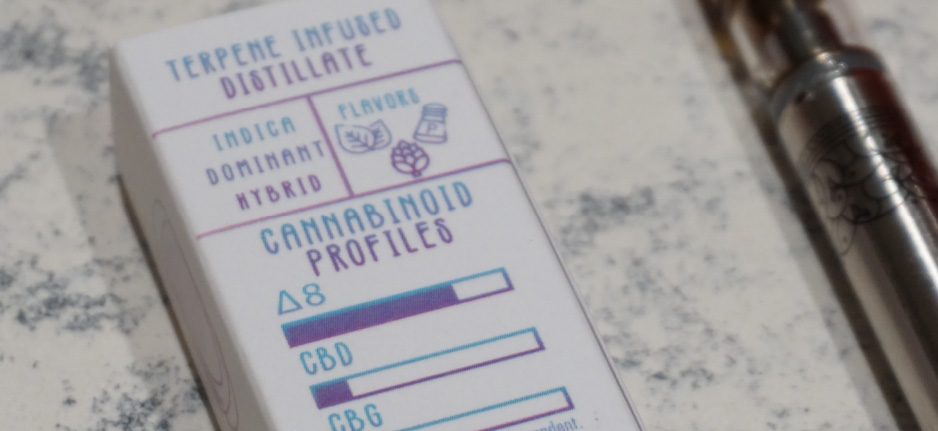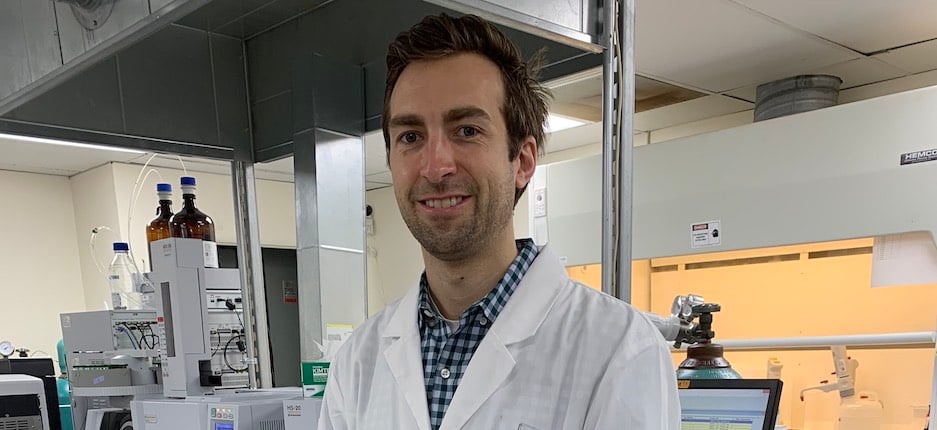Medicinal cannabis provides relief for many patients, including patients with chronic pain, nausea, and seizures. But what makes cannabis so effective? The answer is a unique class of chemical compounds called cannabinoids.
As of February 2022, scientists have identified 113 unique cannabinoids. Cannabinoids occur naturally in cannabis plants and activate receptors in a part of the body known as the endocannabinoid system (ECS). The ECS was first identified in the 1990s after decades of research about why cannabis affects humans. It’s part of the central nervous system and plays a role in regulating sleep, mood, appetite, and more. Everyone has an ECS whether or not they use cannabis.
“Receptor sites” within the ECS respond to the cannabinoids in cannabis. This results in the physiological effects commonly associated with consuming cannabis, such as pain relief, appetite stimulation, better sleep, and positive changes in mood.
By learning more about the top cannabinoids and what they do, patients can make more educated decisions about using medical cannabis. Let’s take a look at nine common cannabinoids and their effects:
1. THC
Most people who are familiar with cannabis have heard of THC. Short for tetrahydrocannabinol, THC is the most abundant cannabinoid found in the cannabis plant. This compound causes the feelings commonly associated with consuming cannabis by binding to an ECS receptor that releases dopamine. In large quantities, it can also impair judgment and memory.
THC has also been widely reported to provide powerful pain relief, especially among patients who found that traditional medicine could not help them. According to one study, THC may have up to 20 times the anti-inflammatory potency of aspirin.
2. THCA
THCA stands for Tetrahydrocannabinolic Acid, but despite the name, it is very different from THC. THCA only exists in raw, living cannabis plants. Once the plant is harvested and prepared for consumption, THCV begins to break down. Heating the cannabis then converts THCA to THC. THCA alone is not psychoactive but may provide relief for nausea and vomiting.
3. THCV
Officially known as tetrahydrocannabivarin, THVC is more likely to occur in sativa strains of cannabis. THCV is chemically very similar to THC and may cause patients to feel slightly intoxicated, but the effect is said to be shorter and less potent. Researchers believe THCV may reduce appetite, as well.
4. CBD
CBD, or cannabidiol, is the second most common cannabinoid in cannabis. It’s also commonly derived from hemp. Discovered in 1940, CBD use has grown exponentially in recent years and “CBD only” products have become very popular.
That’s because CBD affects the ECS differently than THC. It activates a different set of cannabinoid receptors. While CBD may still promote a feeling of relaxation, CBD does not cause patients to feel intoxicated.
5. CBDA
Like THCA, CBDA (Cannabidiolic Acid) is the acid compound that converts into CBD when a raw cannabis plant is processed and heated. Although CBDA does not directly stimulate the ECS, scientists studying CBDA believe it may activate serotonin receptors and act as a natural antidepressant.
6. CBDV
Like CBD, CBDV (cannabidivarin) does not cause intoxication. This cannabinoid has been studied since 1969 for its anticonvulsant effect. Experts believe CBDV may help reduce the occurrence of seizures in epileptics. It may have other benefits on neurological health, as well.
7. CBG
Although many people are familiar with THC and CBD, most cannabis patients have likely never heard of CBG or cannabigerol. In fact, most cannabis plants contain less than 1% CBG. Yet this rare cannabinoid is the “parent” of other compounds, including THC and CBD.
Essentially, CBG acts as a chemical precursor, transforming into THC and CBD after mixing with certain enzymes. Without CBG, the other cannabinoids wouldn’t be possible.
8. CBC
CBC is the third most common cannabinoid after THC and CBD. CBC or cannabichromene was discovered in 1966 and interacts with numerous receptor sites within the ECS. Like CBD, it is non-intoxicating. Along with the common benefits shared among all cannabinoids, such as pain relief, CBC may help encourage cell growth.
9. CBN
Cannabinol, or CBN, was the first cannabinoid discovered by researchers examining cannabis for its medicinal properties. A chemist named Robert Conn is said to have isolated CBN from the cannabis plant in Britain in the 1930s. CBN is created when THC degrades over time. CBN has a sedative effect and promotes drowsiness and relief from insomnia.
Learn more about cannabinoids
Whether you are researching medical cannabis for yourself or a loved one, it’s important to learn about cannabinoids and the endocannabinoid system. With over 113 known cannabinoids and many long scientific names, it may feel impossible to understand this topic without a degree in chemistry. There’s also a lot of confusion about terpenes and cannabinoids -- some patients think terpenes are a cannabinoid, but they’re actually two entirely different molecules.
However, cannabinoids aren’t as obscure or confusing as they may seem. Resources like the CULTA blog, other cannabis websites, or your local dispensary can help answer your questions about cannabinoids. If you are an existing patient, you can also speak to your certifying provider about cannabinoids.
Have questions? If you’re a medical patient in Maryland you can speak with one of our patient coordinators about cannabinoids or anything else that’s on your mind.



